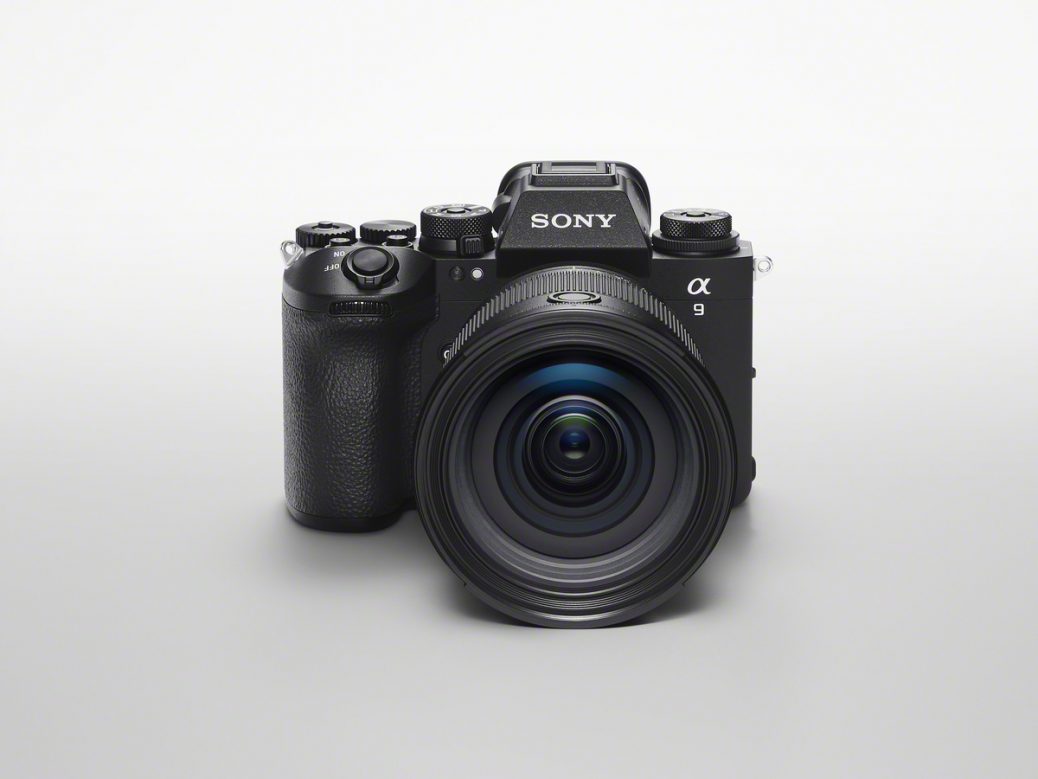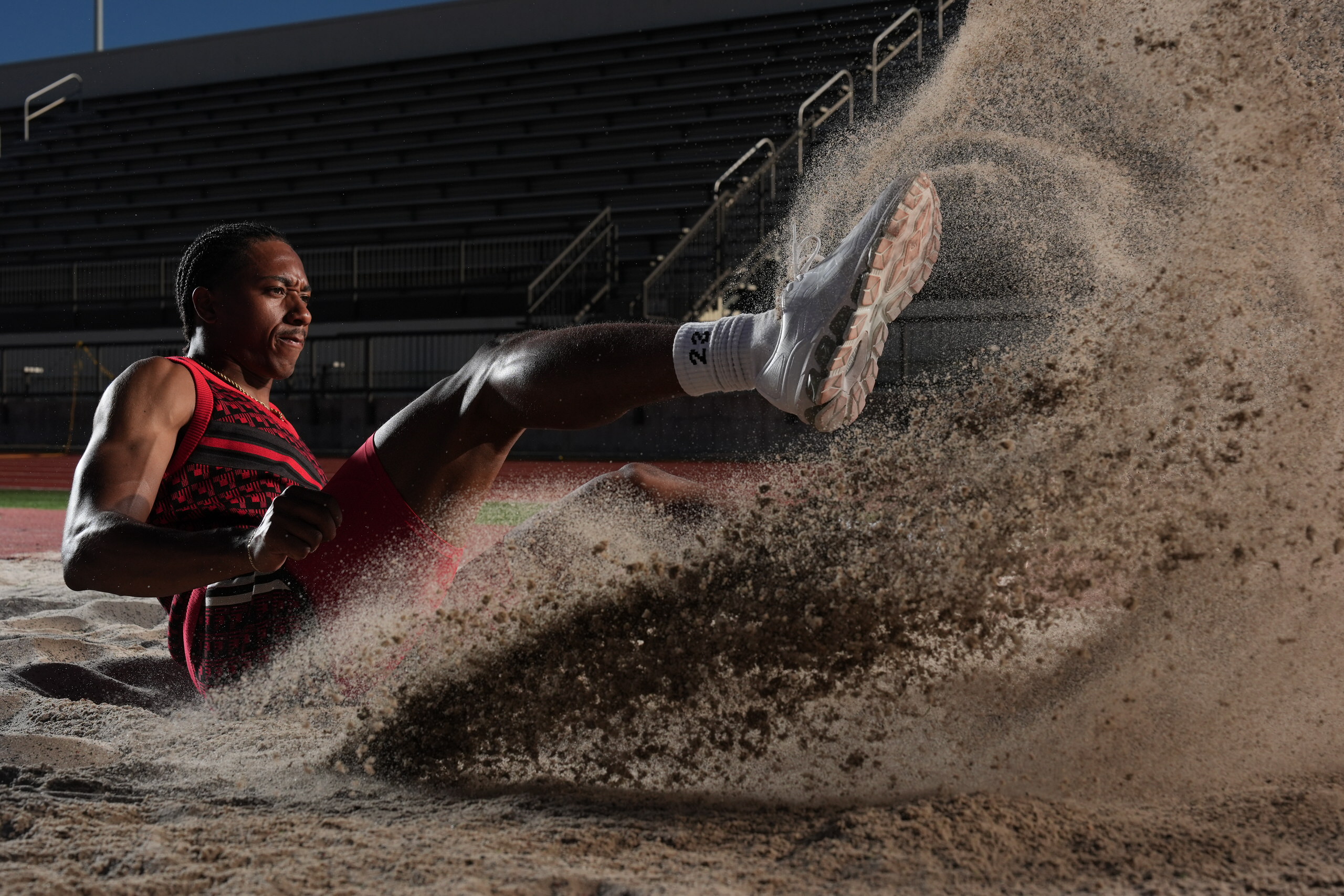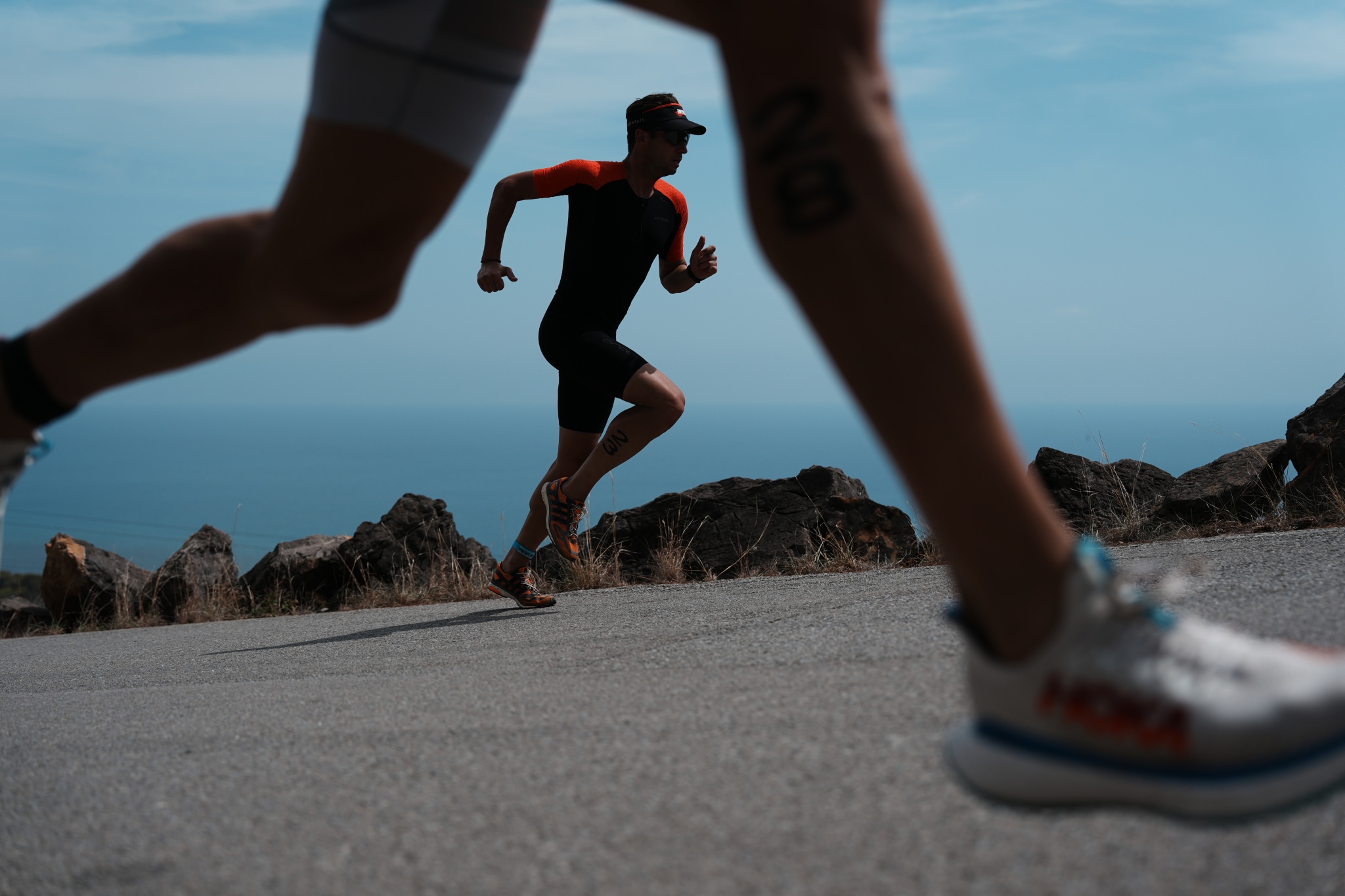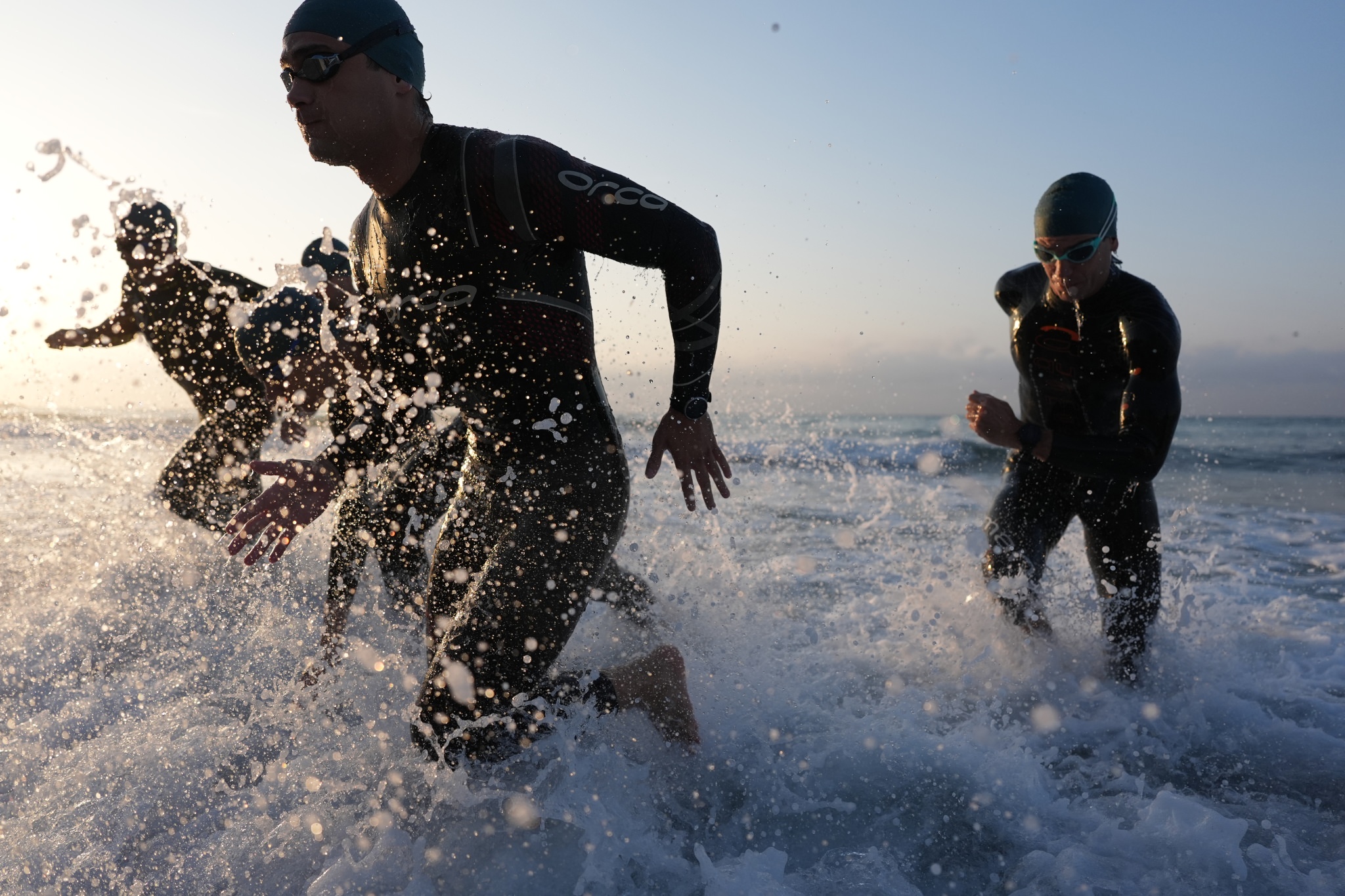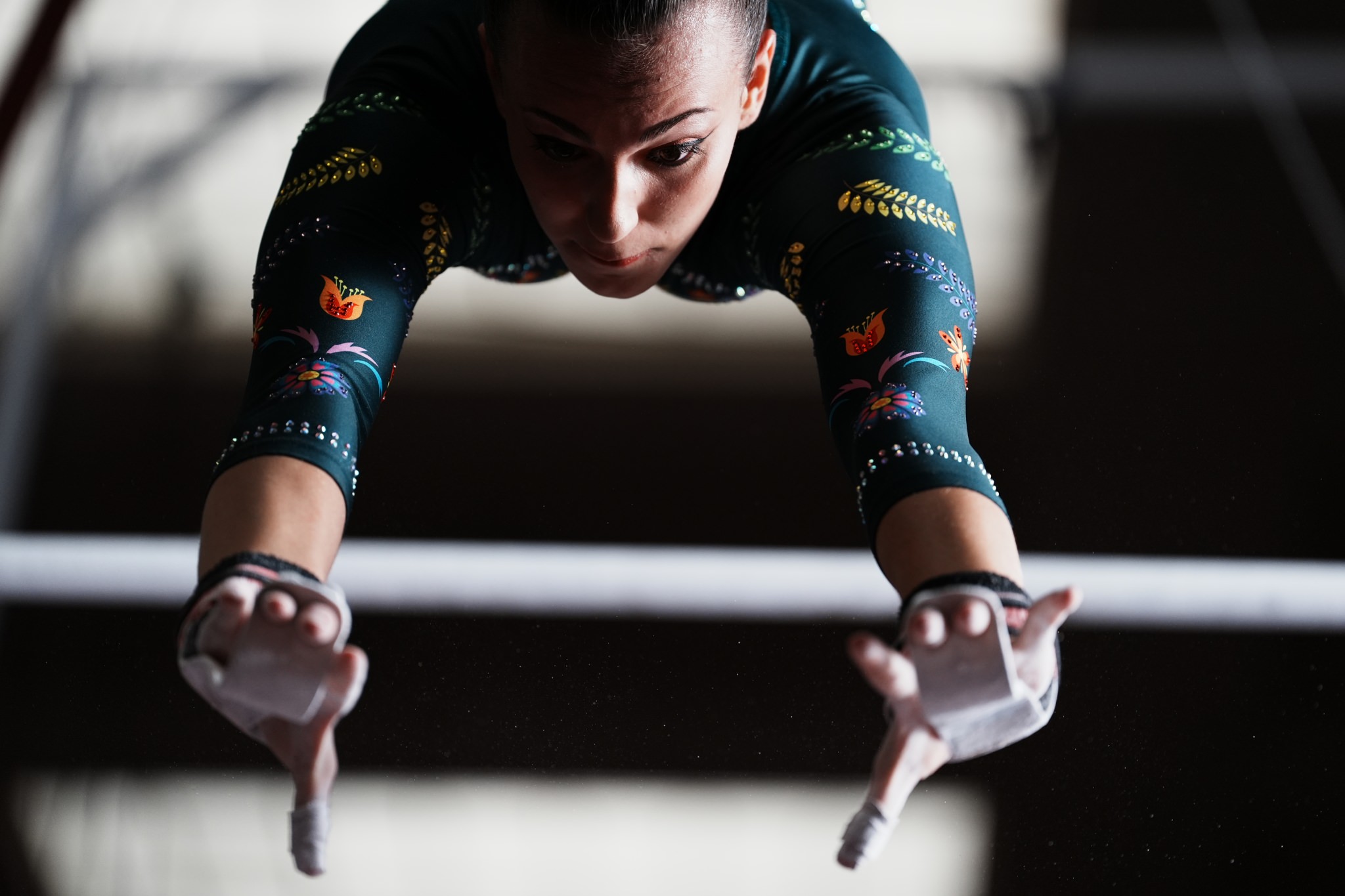Sony Releases the Alpha 9 III Full-Frame Camera
The Alpha 9 Mark III, the world’s first full-frame camera with a global shutter, has been announced by Sony. It has a maximum shutter speed of 1/80,000 sec and can shoot at 120 frames per second with no blackout.
For several years, CMOS sensors with a global shutter have been available, but they have not been able to provide the same dynamic range as conventional, progressive-scan systems. Stacked CMOS technology allows the photodiode and readout circuitry to be designed as separate layers, allowing for additional room for the readout circuitry without reducing the sensor’s capacity to store electrons (which can restrict dynamic range).
Because of the global shutter, the a9 III can sync at up to 1/80,000 sec, eliminating the need for High-Speed Sync and allowing this function to be used with third-party flashes. It also eliminates the chance of banding caused by artificial lights, however, the camera offers an ‘Anti-Flicker’ setting that syncs the shutter with the brightest point in the light’s cycle to prevent inconsistent exposure.
“The Alpha 9 III full-frame camera is a landmark achievement for the industry,” says Yang Cheng, Vice President, Imaging Solutions, Sony Electronics. “Designed with the needs and demands of professional photographers in mind, every single update to this camera – from the sensor to even the size to the button layouts and menu functions – has been made to address specific input and feedback from our community. We have listened and are thrilled to bring the new capabilities of the Alpha 9 III to market—capabilities which allow photographers to capture things they’ve never been able to capture before.”
It’s a 24.6MP camera that, according to Sony, doesn’t sacrifice ISO performance or dynamic range. The camera has a base ISO of 250, which suggests that its DR is equivalent to other cameras at that sensitivity level. The global shutter results in photographs with no movement distortion. It guarantees 8EV of in-body stabilization.
The a9 III is built around the latest Bionz XR processors, which provide eight times the processing capability of the a9 II. The a9 III can shoot at 120 frames per second with full AF calculations between shots. It can do this for 1.6 seconds with 14-bit Raw files: 192 frames at 6Gb/s. It can pre-buffer for up to 1 second, allowing for 120 frames of pre-capture. The camera has a ‘Speed Boost’ custom button that allows the camera to go from a slower rate to 120 frames per second.
Sony has released a list of lenses that can shoot at 120 frames per second with complete AE and AF in AF-C mode.
Sony hasn’t revealed much about the sensor, but it appears to be a two-layer design rather than the three-layer method employed by various smartphone sensors. This could explain the camera’s base ISO of 250, which will ultimately limit the maximum dynamic range. Sony hasn’t specified a DR figure for the camera. Unlike the original a9, the a9 III can shoot in S-Log3, with the base ISO increasing by three stops to ISO 2000 to allow for higher highlight capture. With an F1.8 aperture lens, it can focus down to -5EV. It includes smaller AF points as well as Sony’s topic recognition settings.
Here are some sample pictures:
On the video front, it can shoot 4K/60p from a 6K capture and 4K/120p without cropping. It offers 10-bit 4:2:2 capture, the S-Cinetone profile, and ’16-bit’ Raw video output over HDMI.
The a9 III features a 3.2″ 2M-dot back screen with complete flexibility and a tilt-out cradle. It has the same configuration as the a7R V and includes an LCD panel with the DCI P3 color gamut. It has a 9.44M dot OLED viewfinder with a magnification of 0.9x. It can operate in full resolution at 120 frames per second or at 240 frames per second.
Sony claims that the shutter button has been relocated to improve ergonomics, and that a fifth function button has been added to the front of the camera. When you pick up the camera, the grip tilts your hand backwards slightly, providing a comfortable grip and placing the shutter button directly beneath your finger.
The ergonomics of the optional battery grip have also been improved, and battery performance has been increased by 15% by treating the two included batteries as a single entity rather than discharging one and then the other.
The a9 III will be released in Spring 2024 at a suggested retail price of $5999.

